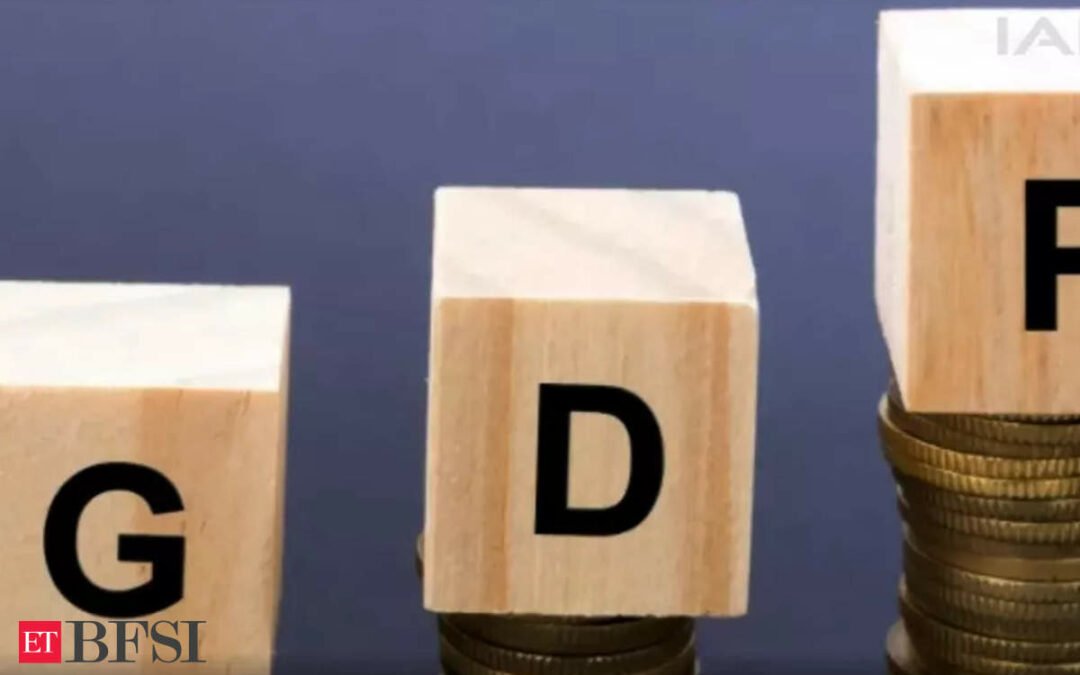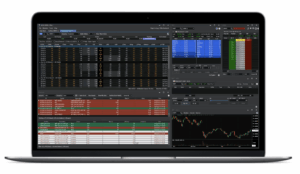There is wide consensus supported by nowcasts that real GDP growth will outperform the projections of the Reserve Bank of India (RBI) pegged at 6.5 per cent for the second quarter, according to RBI bulletin for November. The RBI’s projections incorporated a turnaround in the momentum of activity into expansion in Q2 and hence the consensus, if actualised, would imply a stronger pace of activity than projected. This optimism appears to have been corroborated by corporate results for Q2.
Consumer credit
Festival demand is ebullient. In urban areas, consumer appliances are in strong demand, especially in the mid-and premium segments. Close to 80 per cent of purchases of consumer durables are reported to be through consumer financing schemes spiced up with attractive equated monthly installment (EMI) offers, it said. Entry-level segment demand is relatively subdued as ‘premiumisation’ shows clear signs of developing into a consistent trend. Micro, small, and medium enterprises (MSMEs) supplying to indemand segments are also experiencing a surge in orders, particularly from businesses selling through platforms and large format stores. In turn, bank loans to MSMEs is strong. In the affordable housing space, sales have declined, deterred by high interest rates, but surging growth is taking hold for houses in the Rs 1-2 crore and Rs 50 lakh-1 crore segments. Festival spending and consumer exuberance are also driving record loan disbursements by non-banking financial companies (NBFCs). Nearly half of the credit demand is originating from tier 3 cities.
Rural demand accounts for a third of the revenues of consumer goods companies. Overall rural volume growth is estimated to have risen by 6.4 per cent (versus 10.2 per cent in urban areas). Non-food companies are tracking better in terms of rural volumes than food companies, the central bank said.
Q3 forecast
In Q3, the RBI projects real GDP growth at 6 per cent; although the momentum of the change in GDP is sequentially expected to be higher, this advantage may be offset by base effects. Early estimates of kharif output, which would be incorporated into Q2 and Q3 GDP estimates, have been adversely impacted by the uneven spatio-temporal distribution of the south west monsoon across all crops. A strong increase in rabi sowing acreage in spite of lower reservoir levels and deficient north-east monsoon rainfall may, however, compensate and improve agricultural production for the year as a whole.
Corporate growth
Bottomline growth was robust and broad-based, with companies in sectors such as oil and gas, automobiles and construction delivering sharp increases in profitability. Information technology (IT) companies, on the other hand, declared weaker earnings results than in the preceding quarter and many of them have lowered their forward revenue guidance in response to global macroeconomic uncertainty and reduction in discretionary expenditure by their clients. Auto companies stood out in posting a strong revenue performance as the main driver of profitability, spurred by volume growth, lower raw material costs and price hikes. Base effects favoured profits growth in the case of oil marketing companies. Cement, construction and transportation companies recorded jumps in profits, aided by volume growth on the back of the government’s spending on infrastructure, and residential demand.










